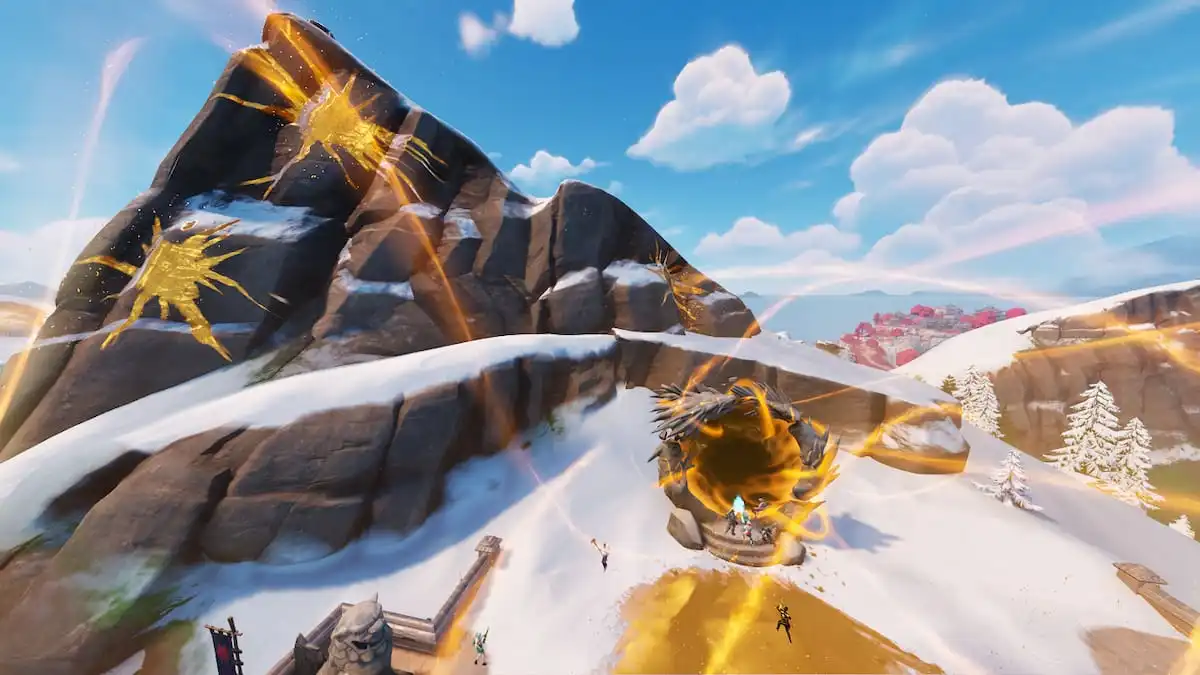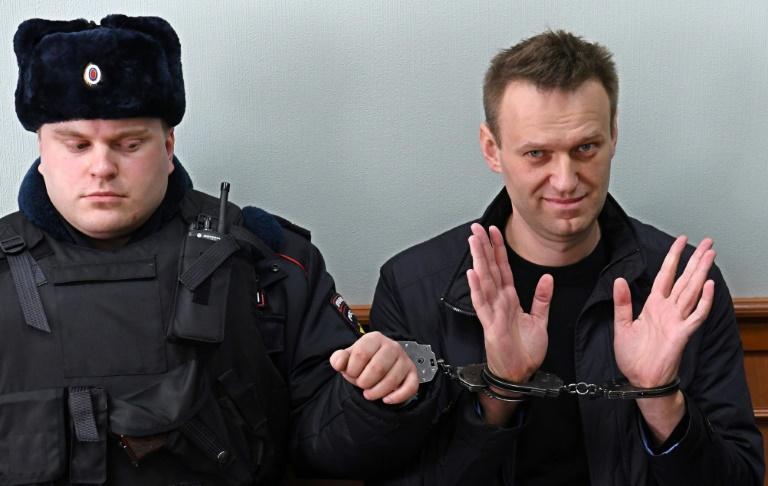Who will lead Iran next?
Asharq Al-Awsat, London, May 23
The death of Iranian president Ebrahim Raisi is poised to significantly diminish the influence of the “Mashhad circle” within the inner sanctum of Supreme Leader Ali Khamenei’s decision-making group. The future role of Raisi’s father-in-law, the powerful Ahmad Alamolhoda, now hangs in the balance. Alamolhoda, a towering figure in the Mashhad constituency, serves as Khamenei’s representative in Razavi Khorasan province. Whether he can retain his influential position remains to be seen. A pressing question emerges: Will the Islamic Revolutionary Guard Corps (IRGC) seize this opportunity to marginalize the clerics and consolidate power?
The IRGC has a reputation for being more flexible and adaptable than the traditional clerics steeped in antiquity. One could speculate if they might eventually become ceremonial figures of the state. Those who claim to know the answer are indulging in wishful thinking, as change seems inevitable. Iranian state media reported that Raisi and other passengers had “achieved martyrdom.” With his passing, the pool of potential successors is considerable. Within the short time frame of 50 days, seasoned candidates stand a better chance, though none carry a significant legacy.
Known to some as the “Butcher of Tehran” due to his involvement in the execution of 33,000 victims in the 1980s, Raisi was seen as a potential future leader.
His replacement should be carefully coordinated to consider the larger question of succession. Among the most prepared candidates are Mohammad Bagher Ghalibaf and other figures such as Ali Larijani, who is also hoping for an opportunity to enact change. Other contenders, such as Parviz Fattah and Hossein Dehghan might struggle to gain acceptance within the tight 50-day deadline.
According to Article 131 of the Iranian Constitution, in the event of the president’s death, the first vice-president assumes presidential responsibilities with the supreme leader’s approval. Additionally, a council comprising the speaker of Parliament, the chief justice, and the first vice-president must arrange for a new presidential election within 50 days.
Among the optioned candidates, Ghalibaf, the speaker of Parliament, appears most prepared. He doesn’t need special permissions or a rushed introduction. Compared to Raisi, Ghalibaf is a more pragmatic figure, capable of addressing some existing governmental issues. He can navigate parliamentary impasses and might use Parliament as a tool of control.
Larijani’s candidacy depends on the supreme leader’s willingness to permit significant shifts in policy. Larijani’s qualification may be confirmed only after considerable deliberation.
Mohammad Javad Zarif stands out as a viable option for addressing foreign and some internal crises. Unlike Larijani, Zarif lacks a large organizational base, making him less likely to interfere in leadership succession. Fattah has been floated as a candidate in various election cycles but he is not a significant contender in the current public opinion. Previously considered during the 2017 elections, Fattah ultimately declined to run in line with the supreme leader’s directive. This history suggests he could gain Turkish-speaking votes, an influential factor in past elections.
Dehghan represents the IRGC’s choice. He might attract diverse support, and his military backing is significant, though his candidacy might require a substantial shift in the governmental atmosphere. Mahmoud Ahmadinejad presents an unpredictable option. His approval would be more challenging to secure compared to Larijani, though he shares the trait of not having a specialized team capable of controlling institutions. Younger politicians like Alireza Zakani and Mehrdad Bazrpash are eager to make their mark.
However, given the urgent timeline, the government might opt for safer, more established choices. The unexpected vacancy of the presidency has also raised the prospect of clerics, such as Mostafa Pourmohammadi, entering the race. However, the unpredictable actions of Mojtaba Khamenei, the supreme leader’s son, generate significant anxiety among presidential hopefuls. His methods for achieving leadership remain dubious, suggesting a consolidation of power centered around him if other options fall away. – Huda al-Husseini
Iran’s future after Raisi
An-Nahar, Lebanon, May 24
The death of the Iranian president could not have come at a more inopportune moment. As a central figure wielding significant influence at the head of the executive branch, his death leaves a gaping void during a pivotal transitional phase. This period, regarded by many Western experts on Iranian affairs as a precursor to the eventual departure of Supreme Leader Ali Khamenei, is critical in determining the future structure of the Iranian regime. This sensitive transitional stage will ultimately shape the new power configuration, likely led by Khamenei’s successor.
Raisi’s sudden death will have profound repercussions domestically rather than internationally, given that Iran’s foreign policy is primarily managed by the supreme leader and his military apparatus, notably the IRGC and a labyrinth of over 26 security agencies. Nevertheless, any internal disruption could reverberate across the various geopolitical theaters where Iran exerts influence – Iraq, Syria, Lebanon, Yemen, Palestine, and even Jordan.
Domestically, the Iranian regime will now face intensified internal pressures. The ongoing conflict over succession will lead to a major reshuffling of the political landscape. Despite recent Reuters reports suggesting Raisi had been removed from the succession pool due to weak popularity, knowledgeable Arab sources confirm this to be inaccurate. While Raisi did have low popularity, this was a widespread issue among the fundamentalist conservatives in power.
Succession in Iran is less about popular appeal and more about a solid power base, grounded in alliances within the ultra-conservative religious movement and the security-military complex, particularly the IRGC. It is crucial to note that the Revolutionary Guards extend far beyond mere military and security roles – they permeate economic, financial, social, cultural, and media domains. Subsequently, some Iranian affairs experts refer to the IRGC as the “deep state.”
New contenders may rise to prominence, and the nature of the regime may begin shifting from religious to more military and security-focused.
The next leader may not wield the same extensive powers as Khamenei. Indeed, the selection of the third supreme leader is anticipated to involve far more intricate and nuanced negotiations than those preceding Khamenei’s ascension to power.
The evolution of Iranian society over four decades has rendered such high-level decisions more complex. Though militarily stronger and geopolitically expansive, Iran’s future likely entails significant domestic challenges. The once voluntary mass support for the Republic has waned, exacerbated by ongoing economic and financial woes, and the regime’s resistance to reform.
Raisi’s era symbolized a regression amidst rapid societal changes spurred by technological advancements and social media. The next supreme leader will inherit a youthful society – overwhelmingly under 35 years old, with a considerable portion between 15 and 25. This demographic shift presents a formidable challenge.
The transition from a theocratic regime to a military-dominated one may occur more swiftly than anticipated. Signs of this shift are evident in the expanding role of the IRGC, further marginalizing the religious establishment, which has become a target of youth discontent. The “women’s revolution” following Mahsa Amini’s tragic death, despite being violently suppressed, unveiled the depth of societal transformation brewing in Iran. This movement is a harbinger of the medium-term changes that the nation is poised to undergo. – Ali Hamada
Who shot down Raisi’s helicopter?
Al-Arabiya, Saudi Arabia, May 25
The region is abuzz over the circumstances that led to the crash of Iranian president Ebrahim Raisi’s plane last week. Speculations, conspiracies, and rumors abound, with the prevailing theory suggesting that the crash was not an accident but a deliberate assassination. What will Iranian investigations ultimately conclude?
It will take time to contain the situation, absorb the shock, and consider all possibilities meticulously.
There are two potential conclusions that investigations might reach. First, the crash was an accident caused by technical malfunction, pilot error, adverse weather conditions, or a combination of all of the above. Second, the incident was a planned assassination targeting president Raisi and his foreign minister, Hossein Amir-Abdollahian, with three potential parties behind the scheme.
The first party that could be implicated is an internal faction within Iran, entangled in the conflict over the succession of Supreme Leader Ali Khamenei. Rumors suggest that Mojtaba Khamenei, the supreme leader’s son, harbors ambitions to succeed his father. Observers of Iranian affairs posit that he might have perceived Raisi as a rival for the position of “Guardian of the Jurist” and thus sought to eliminate him. Such a hypothesis, however, could lead to severe internal repercussions, including open conflict that threatens the regime’s stability – an outcome the supreme leader would find unacceptable. As a result, the investigation is unlikely to point fingers at domestic actors.
The second potential culprit is the Israeli Mossad. Historical context lends some credence to this hypothesis; the Mossad has previously been linked to the assassinations of Iranian nuclear scientists and officials both within Iran and abroad in Lebanon, Syria, and Iraq. The fact that the crash occurred after Raisi’s return from a ceremony marking the opening of a dam with neighboring Azerbaijan – a country with strong security ties to Israel – adds another layer of intrigue. However, implicating Azerbaijan could strain Iran’s relationship with Turkey, a nation pivotal to Azerbaijan’s recent military successes over Armenia. Given the geopolitical landscape, Iran may not wish to antagonize Turkey at this juncture.
Alternatively, the assassination could have been an entirely Israeli operation, devoid of Azerbaijan’s involvement. Israel, still reeling from last month’s Iranian ballistic missile and drone strikes, might have sought revenge. American pressure, keen to avoid a regional escalation with US elections on the horizon, tempered Israel’s response. Officially blaming Israel for the assassination would compel Iran into a large-scale retaliation, an undesirable scenario given Iran’s current economic and domestic challenges, compounded by the fact that a war with Israel could play into the hands of Benjamin Netanyahu and Israel’s extreme right wing, eager to deflect international scrutiny over the Gaza conflict and engage the US and the West in a broader war.
Given these complexities, it is unlikely that the Iranians will officially accuse Israel. Doing so would necessitate a violent response, sparking an open war that neither Iran nor the US desires. Instead, it is more plausible that the Iranian investigation will attribute the crash to adverse weather conditions while continuing to direct mobilizational rhetoric against America, blaming it for the broader economic blockade and resultant misfortunes, as hinted in a tweet by former foreign minister Mohammad Javad Zarif. – Saad bin Teflah al-Ajmi
Palestinians between normalization and displacement
Al-Ahram, Egypt, May 24
The enduring image of the Palestinian immigrant clutching his scant possessions amid the ruins of his home will be etched into the collective memory for generations. This figure embodies the Palestinian who experienced the 1948 Nakba, suffered the 1967 Naksa, and endured a humiliation unparalleled by any other nation. He is the Palestinian – the father of martyrs and the victim of an era steeped in oppression, injustice, racism, and fanaticism. Constantly on the move, he flees death in search of life, rarely staying in one place for long before being forced to escape from the missiles, bombs, and artillery strikes that ceaselessly rain down upon him.
Today, we witness the people of Gaza, hounded by land and by air, suffering agony with few parallels in history. The Palestinian people are being asked to pay for the injustices of the past and the uncertainties of the future with the blood of their children and the lives of future generations. Amid this turmoil, they are engulfed in ever-growing terror, surrounded by the unending roar of planes and explosions, transforming their daily existence into a never-ending hell. This same Palestinian is also asked to normalize relations with his oppressor and coexist with neighbors, despite enduring at least three-quarters of a century of continuous suffering, bloodshed, dismemberment, and sorrow.
It is time to advocate for new approaches to this conflict. First, utilizing the potential of normalization with the wealthiest and most influential Islamic country – Saudi Arabia. The foundational King Abdulaziz the Great [Ibn Saud] was among the first Arab leaders to recognize and understand the Zionist threat.
It’s clear that the price of Saudi normalization with the State of Israel could only be justified by a fair and comprehensive settlement of the entire conflict. The kingdom and its Gulf allies must commit to reconstructing the devastated areas in Gaza, transforming them from places of desolation to incubators of life. Second, the immediate neighboring countries – especially Egypt, Jordan, Lebanon, and eventually Syria – bear the responsibility of establishing communication with the emergent Palestinian state and stabilizing its political and cultural foundations. This should be done in cooperation with the economically donor-rich Gulf states and the politically and culturally supportive Levant countries. The road is long, the journey toward a sustainable future arduous, but the Palestinian people, known for their indomitable spirit and determination, have consistently earned global respect with their resilience and legendary struggle.
Third, the Palestinians themselves must take greater responsibility by fostering unity. The creative and capable Palestinian populace is likely to surprise both regional and international observers with its remarkable ability to rebuild and develop. The two-state solution remains a looming concern for Israel, which must maintain its superiority for survival.
However, deep-seated anger and historical grievances among Palestinians may resurface periodically, complicating the reconciliation process.
Though the path is fraught with difficulties, the journey of a thousand miles begins with a single step, and the will of the people can overcome all obstacles when guided by true intentions and earnest convictions. Despite the uncertainties surrounding future Israeli policies, the path forward must emerge from the crucible of prolonged suffering and oppression.
Fourth, the international community, particularly the US and its allies in Western Europe, must fully support the pathway to peace. Washington has been a key partner in Israel’s past and ongoing actions, providing political backing, military support, and diplomatic cover over the decades. The American conscience needs to awaken to the Palestinians’ protracted plight, recognizing the tragedy that has persisted for over three-quarters of a century.
Finally, the global community has a moral obligation rooted in human solidarity to support the Palestinian people, who have faced distinct and severe forms of colonial oppression. The Israeli occupation exemplifies a racist colonialism driven by oppression, aggression, and the systematic demolition of homes, the killing of children, and the cold-blooded execution of leaders, with little regard for international outcry over the decades. We call upon people of conscience worldwide to stand in solidarity with the Palestinian people during their ordeal. As an Egyptian, I take pride in our nation’s history of support and sacrifices for our Palestinian brothers and sisters, never straying from our steadfast principles or ignoring the call of solidarity. – Mostafa El Feki
Translated by Asaf Zilberfarb.







